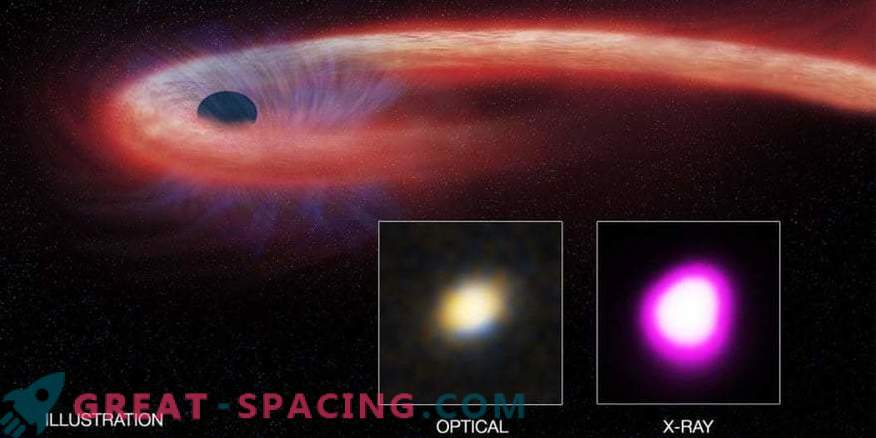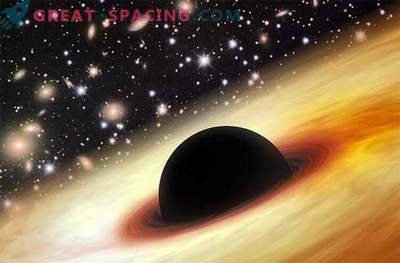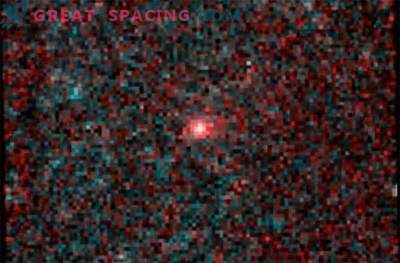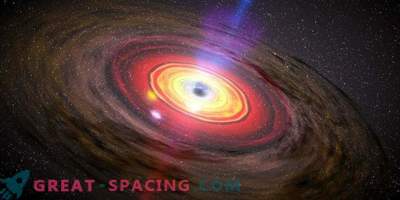
Astronomers have captured an unprecedented “tidal destruction,” where a black hole from the center of the galaxy bursts a star. The absorption process will take about 10 years.
It is no secret that approaching the black hole is an incredibly awful undertaking. The extreme deformation of space and time creates tidal forces that will tear any planets and stars into pieces before they sink into oblivion. But, in general, if a star is pretty battered by tidal forces, then its suffering will not last long, since all its material is sucked by a hole, and the rest is sprayed into space.
But one star was not lucky, because she had to endure bullying for 10 years. And this is 10 times more than the standard "kill" process.
“We witnessed a spectacular and prolonged demise of the star,” said Dacheng Lin from the University of New Hampshire in Durham. “Dozens of tidal events have been discovered since 1990, but there has not been one that would exceed this one in duration.”
Combining the observational power of three space telescopes (Chandra NASA, the Swift unit and the European XMM-Newton), the scientists caught the drama unfolding in the center of the galaxy, located 1.8 billion light years away. Creating powerful X-rays, the tidal event XJ1500 + 0154 showed astronomers a turbulent history of what happens when a star, with a mass that exceeds the sun twice, falls into a black hole for dinner. For the first time the event tracked XMM-Newton on July 23, 2005. The peak of its brightness reached June 5, 2008, when Chandra joined the observation. Since then, dimming of X-rays has been observed several times over the years, realizing how massive black holes consume matter, and, perhaps, understanding how they quickly gained mass in the early Universe.
“While we were looking at the object, we noticed how fast it was growing,” said James Guillochon from the Harvard-Smithsonian Center for Astrophysics in Cambridge. “This is an incredible demonstration of fattening a black star.”
By measuring X-rays, astronomers were able to assess how effectively a black hole consumed mixed stellar material to preserve in its accretion disk. In this case, the emerging material from the tidal event continues to be consumed. Models suggest that X-rays will continue to fade for a few more years.
“This proves that black holes can grow at extremely high rates,” said Stephanie Comossa. “It will help to understand how they are developing so quickly.”
One of the unresolved issues so far concerns the existence of supermassive black holes at the dawn of our universe. That is, how did they grow so fast? A new study and the diet of the black hole can reveal part of the answer.











































